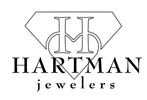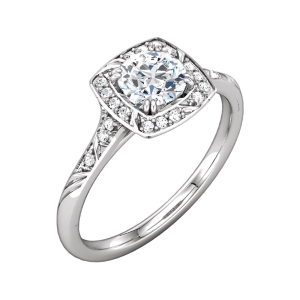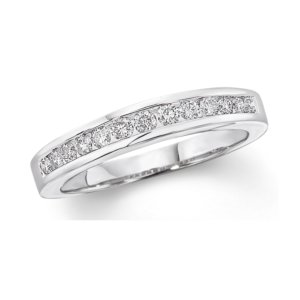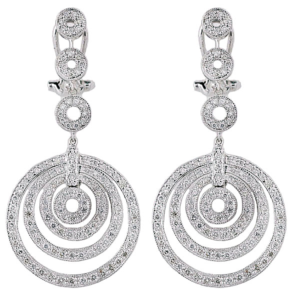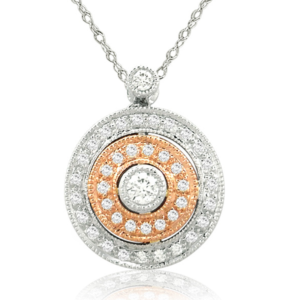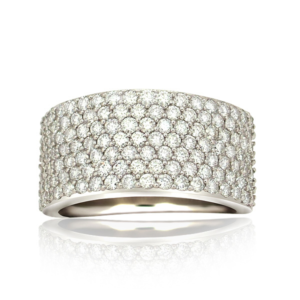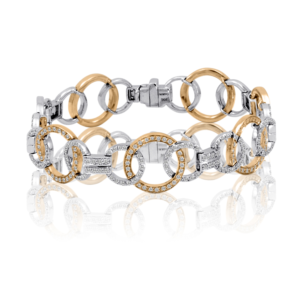Direct Diamond Importer
Over 60% of all uncut diamonds are cut and polished in Antwerp, Belgium. Several of my preferred customers have asked me to be thier “personal broker” and select a diamond for them to present to the one they love. I am happy to do this for them and for you. The enormous selection of diamonds in Antwerp is the key to this tremendous value. I don’t mind saying that I am very, very picky. Sorting through hundreds of diamonds at a single location allows me to put into practice what I have learned from 25 years of buying and selling diamonds in this business.
It’s not only the cost savings that make this a unique buying experience; it’s the fact that your personal jeweler is traveling over 10,000 miles to hand-select your special diamond from the largest selection of diamonds ever gathered in one place.
I would love to do this for you or someone you know who enjoys owning (or giving) a breathtaking masterpiece of nature that will become a priceless symbol of love and commitment forever at a once in a lifetime savings. Now is the time! Please stop in or call me to get more information on this extraordinary opportunity.
If you are considering the purchase of a diamond engagement ring, please stop by our showroom and let our diamond experts explain the differences between diamonds and what sets one apart from another. We will walk you through the engagement ring buying process so that you will be comfortable in knowing that you have made the best possible choice in diamonds for your loved one.
Diamond Education – The 4Cs
We’ve talked much about the importance of diamond cut and finding a quality diamond grading report with a diamond cut grade. While we speak a lot about the science behind the diamond, there is also the matter of taste and individual perception of what makes a diamond beautiful. While not everyone will share the same opinion as to what constitutes beauty, most people do want a diamond that expresses their individual taste and personality.
Here’s what you should consider before making a purchase: Diamond Cut, Diamond Color, Diamond Clarity, and Carat Weight. These are known as the 4Cs of diamond grading. At the AGS Laboratories, a minimum of two diamond graders assess each diamond on each of these characteristics. This ensures that we are giving you the most accurate information on your diamond grading report. To see a full explanation of each of the 4Cs, click on the characteristic you wish to learn more about:
Diamond Color Grade
The Experts at Work
It’s truly fascinating to see our skilled diamond graders at work analyzing a diamond’s color.
Using a master set of diamonds specifically chosen based on their range of color, the graders pick up the diamond they are grading with tweezers and place it next to the individual diamonds in the master set. The diamond grader then makes a skilled judgment call — something that requires good eyes and extensive experience.
Unmounted Diamonds Provide a More Accurate Grade
Diamonds not in a setting and, therefore, loose are called unmounted. That’s how we grade ALL our diamonds. We do this so that the color is not influenced by the metal of the setting. For example, a diamond set in a yellow-gold ring could appear more yellowish in tone than one in a white-metal mounting. By grading loose diamonds, we get the best and most accurate read possible.
An Easy to Understand 0 to 10 Scale
The American Gem Society Color Grade indicates where a diamond’s color falls on a scale that runs from 0 (colorless) to 10 (light yellow or light brown). Most labs grade based on using D as the best color, down to Z. We felt we could give a more accurate and specific description of the color of your diamond if we used a numeric scale. This way, you will have a better understanding of its color. If you look at the scale on this page, you can learn what each numerical grade means in term of color.
Cut
A Cut Grade Like No Other
You’ve probably heard that the most important factor of the 4Cs is Cut. The AGS Laboratories built its reputation on developing a Cut Grade that has no rival. We present this information to you based on the easy-to-understand numeric and verbal descriptors.
Easy-to-Understand Grades
The grades in AGS Laboratories diamond grading reports for a diamond’s cut are based on proprietary numeric and verbal descriptors. The numeric descriptors for the diamond Cut Grade follow the American Gem Society’s standards for how well a diamond is cut. The expressed range is from zero to ten, with zero being the very best and ten representing the lowest grade. The verbal descriptors are AGS Ideal, Excellent, Very Good, Good, Fair, and Poor. It’s pretty clear-cut that way — no guessing what it all means!
The Real AGS Ideal
AGS Ideal applies only to the finest cut diamonds. The AGS Ideal is recognized worldwide as the pinnacle of diamond cutting. As a result, AGS Ideal diamonds command higher prices at the wholesale and retail levels. Be careful when someone tells you that a diamond is an Ideal. It’s not an Ideal unless it is the ORIGINAL Ideal — the AGS Ideal.
Clarity
Like the Cut grade, the AGS Laboratories’ reports come with numeric and verbal descriptors for Clarity. The numeric system is the same as for Cut — from zero to ten, zero being the best.
The verbal descriptors are trade terms originally developed to describe diamonds for diamond manufacturers and retailers. Over time, these terms have become recognized at the consumer level as well, and because they are widely accepted, we adhere to them, too.
The Story of SI3
Over time, diamond manufacturers, retailers, and some laboratories adopted the term SI3. This is supposed to represent a class of diamonds with a diamond clarity of between SI2 and I1. The AGS does not recognize this term. In our book, a diamond is either SI1 or SI2, and should be priced accordingly on the market. This is just one more way we keep your best interest — and investment — a priority.
The Grades are from highest to lowest in Clarity quality as follows:
- Flawless/Internally Flawless (F/IF) — Very rare for diamonds!
- Very, Very Slightly Included (VVS1 and VVS2) — Also very rare.
- LVery Slightly Included (VS1 and VS2)
- Slightly Included (SI1 and SI2)
- Included (I1, I2, and I3)
Carat Weight
The carat is the unit of measurement for the physical weight of diamonds. One carat equals 0.200 grams or 1/5 gram and is subdivided into 100 points. For comparison, in units more familiar in the United States, one carat equals 0.007 ounce avoirdupois.
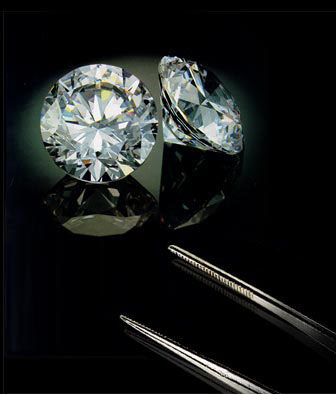 Carat Weight is the most objective of the diamond’s 4Cs. It involves no estimates, comparisons, or judgments. All that is required is a precisely balanced scale capable of measuring extremely small weights. In the AGS Laboratories, Carat Weight is measured using a digital scale. Despite the ease of measurement and the relative unimportance of diamond weight, there are some facts you should understand about a diamond’s weight and price.
Carat Weight is the most objective of the diamond’s 4Cs. It involves no estimates, comparisons, or judgments. All that is required is a precisely balanced scale capable of measuring extremely small weights. In the AGS Laboratories, Carat Weight is measured using a digital scale. Despite the ease of measurement and the relative unimportance of diamond weight, there are some facts you should understand about a diamond’s weight and price.
Comparing the value of diamonds by Carat Weight is like comparing the value of paintings by size. A wall-sized canvas by an unskilled artist may be bigger than a miniature by Rembrandt, but it will not be worth more. Large diamonds are rarer than smaller ones, and as the carat weight increases, the value of the diamond increases as well. However, the increase in value is not proportionate to the size increase.
For example, a one-carat diamond will cost more than twice that of a ½-carat diamond (assuming Color, Clarity, and Cut grade are the same). Weight does not always enhance the value of a diamond, either. Two diamonds of equal weight may be unequal in value, depending upon other determining factors such as Cut, Color, and Clarity. In fact, if a diamond is improperly cut, the added weight may serve only to reduce its brilliance.
For these reasons you should consult an American Gem Society® jeweler or other credentialed jeweler regarding the weight, quality, and value of a particular diamond. The best way to see the difference in weight versus cut is to look at an AGS Ideal® cut diamond (be sure it comes with an AGS Laboratories diamond grading report to verify). Then look at the largest diamond in the store that is not an AGS Ideal® cut. You will see a noticeable difference.
The information on this site was taken from the education section of the American Gemological Society website: http://agslab.com/education-diamond-color-grade.php#

